Supporting the development of agroecological business models by linking food system actors along the value chain
-
From
CGIAR Initiative on Agroecology
-
Published on
29.12.22
- Impact Area
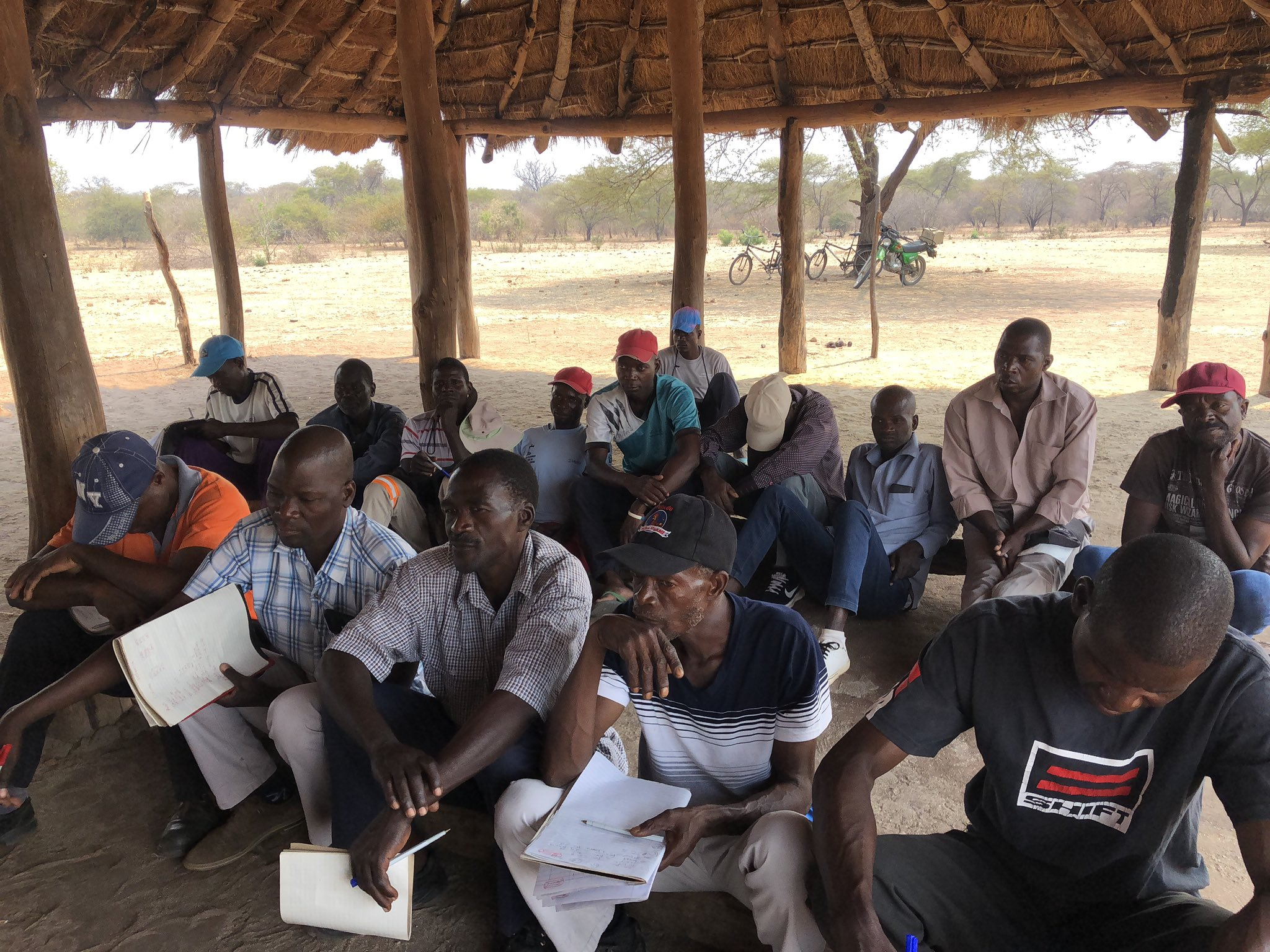
Authors: Manuel Narjes (Alliance Bioversity-CIAT), Boubaker Dhehibi (ICARDA), Christine Chege (Alliance Bioversity-CIAT), Hambulo Ngoma (CIMMYT), Simone Staiger-Rivas (Alliance Bioversity-CIAT)
Agroecology is a transdisciplinary, participatory, and action-oriented approach for codesigning innovations that over time enhance food systems’ resilience, equity, and environmental and economic sustainability at the farm, organizational and institutional levels. The CGIAR Initiative on Agroecology departs from the premise that agroecological transitions involve the adoption of agroecological innovations (e.g., regenerative farming practices, inclusive business models and finance, and participatory guarantee systems), which over time should increase the ability of small-scale producers, enterprises, and other food system actors to equitably partake in and benefit from new business opportunities.
Identifying opportunities and challenges of integrating agroecology into a business model also requires getting an overview of the respective enterprise’s most relevant links to food system actors along its value chain , which the initiative is doing through the rapid agroecological value chain analyses (RAVCAs) it is carrying out in its Agroecological Living Landscapes (ALLs).
“We are interested in supporting the development of agroecological business models. This means business models that include and apply agroecological principles but at the same time are economically and financially sustainable”, says Carolina Gonzales who is leading the work on co-designing agroecological upgrading plans for business models in the Initiative’s ALLs.
During the first months of implementation, initiative country teams started analyzing value chains to identify system’s level binding constraints and leverage points for the adoption of agroecological innovations by businesses in each ALL’s agri-food sector. The Initiative team developed a Rapid Agroecological Value Chain Analysis (RAVCA) guideline for this purpose. RAVCA requires a prior value chain selection with farmers and farmer organizations, and includes the mapping of value chain actors and their interactions, as well as the identification of inclusive business models and financial mechanisms to be codesigned or upgraded through the integration of agroecological principles.
To date, RAVCAs have attained remarkable progress in the ALLs of Kenya, Peru, Tunisia, and Zimbabwe, where the prioritized value chains will serve as an entry strategy for agroecology in the territories. Nevertheless, as a holistic approach that does not exclusively focus on the cultivation of single cash crops, RAVCA contemplates exploring business model opportunities in complementary value chains that result from integrating agroecological principles (e.g., crop diversification through rotation or intercropping).
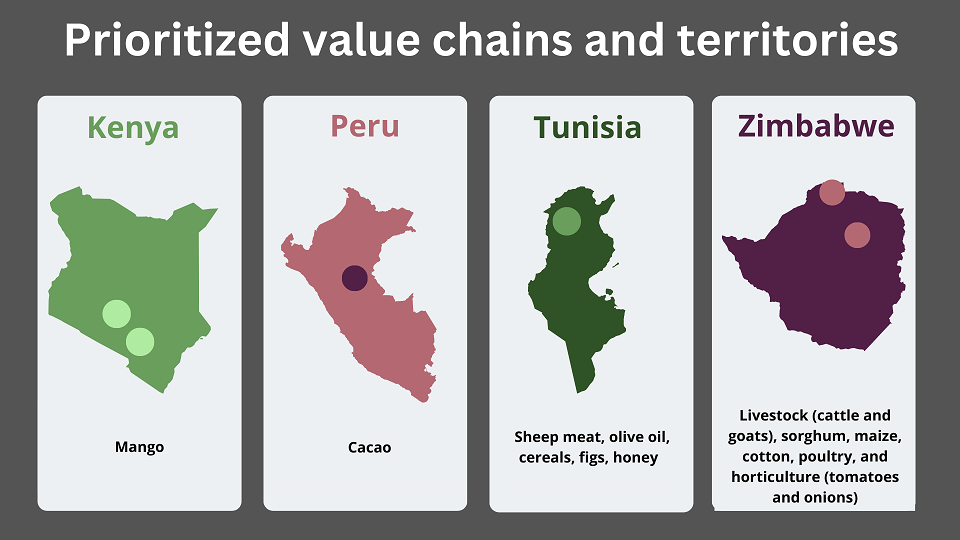
Kenya
The work in Kenya is being carried out in Kiambu and Makueni counties. Led by CIFOR-ICRAF, in partnership with the Alliance Bioversity-CIAT, the initiative team first focused its activities in Makueni, where the mango value chain was prioritized from a list of candidates that included moringa, honey, poultry, orange, and pigeon pea. A RAVCA of the mango value chain indicates an increased awareness on the importance of organic production among producers, which opens the possibility to tackle some of the issues linked to mango production (e.g., poor soil structure and water holding capacity, and low soil organic matter) through the integration of agroecological innovations. The Initiative team is currently also exploring value chains of crops that complement the mango production, such as legumes.
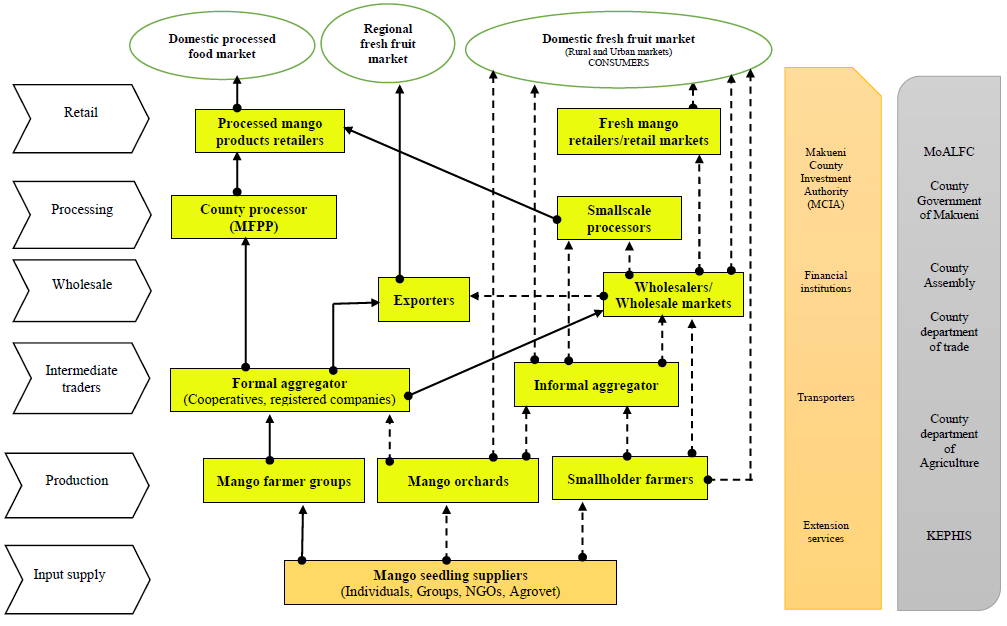
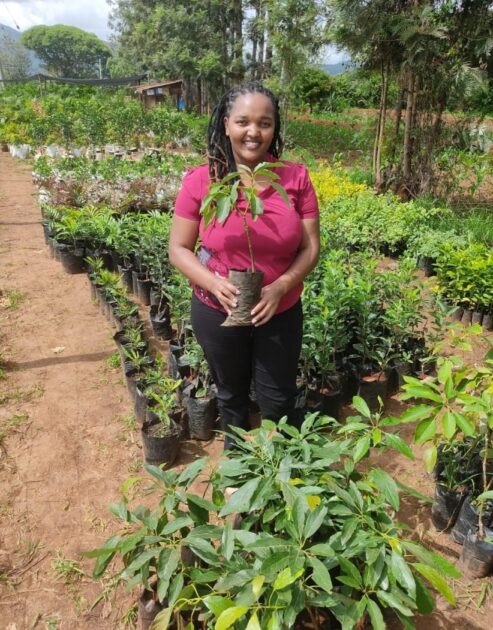
Peru
The Alliance Bioversity-CIAT is leading the work in Peru’s department of Ucayali, where the cacao value chain was prioritized due to its economic importance. Cacao production constitutes the main livelihood for many of the small producers along the ecological corridor that is being promoted along the Aguaytía river basin, as part of the regional government’s plan for the sustainable economic development of the department towards 2050. In particular, the potential contributions of cacao to restoration and conservation efforts (e.g., through agroforestry arrangements) justify a first focus on the cocoa value chain as an entry strategy for agroecology in the territory. The participants of the launch workshop of the initiative additionally emphasized their interest in addressing the agroecological transition at the farm level, which opens the future possibility of exploring for business model opportunities in complementary value chains that e.g., result from intercropping plantain and cacao. The cacao value chain includes many actors from the private and public sector that already engage (or have expressed their interest in doing so) in agroecology.
Tunisia
In Tunisia, the work is led by ICARDA in a territory that intersects the Kef and Siliana governorates in the north of the country. There, focus group discussions with farmers of local community-based organizations led to identifying five value chains (i.e., sheep meat, olive oil, cereals, figs and honey) that, among other innovations, already involve farming practices such as crop diversification and rotation, input reduction, and recycling, and thus have a noteworthy potential to contributing to an agroecological transition. For instance, sheep meat (Kef) production has high social and cultural significance, generates a regular income to small breeders, and represents an important source of organic fertilizer in the region. Olive oil (Kef and Siliana), on the other hand is attractive for its high selling price, nutritional properties and cultural significance, while its production residues can be locally added value or composted to amend soils.
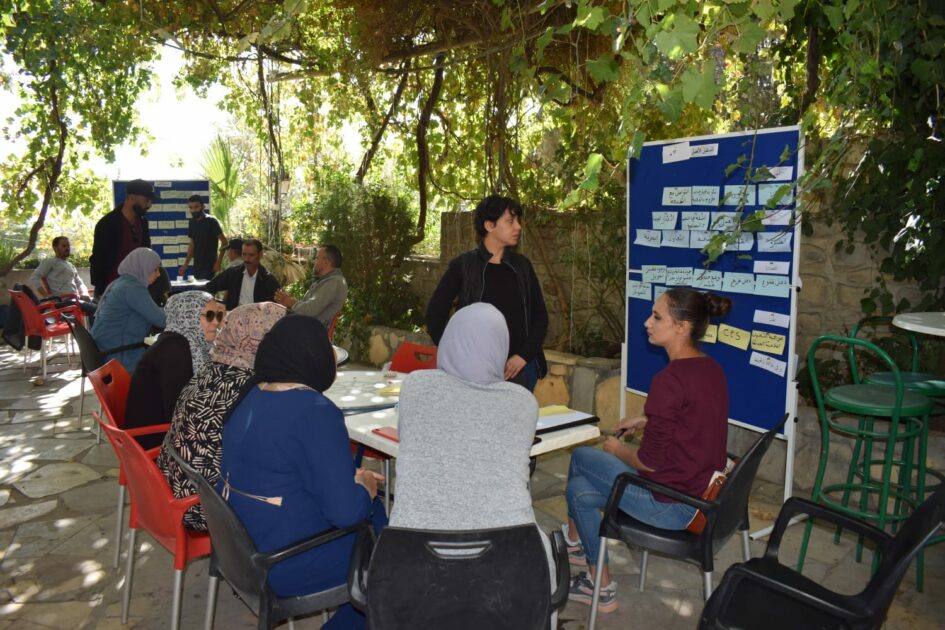
Zimbabwe
The CIMMYT-led team in Zimbabwe is working in the Mbera and Murehwa districts, where eight value chains were identified for their potential agroecological upgrading, namely livestock (cattle and goats), sorghum and cotton in Mbire, while the poultry, maize and horticulture (tomatoes and onions) value chains were prioritized in Murehwa. For instance, cotton farmers to be eligible for subsidized inputs are expected to practice Pfumvudza, a conservation farming approach that improves soil health. Formal market opportunities were identified for most value chains, with potential private sector actors expressing their interest in forming partnerships that promote the principles of agroecology. The team is working with the Agricultural Partnership Trust to identify inclusive business models that may contribute to agroecological transitions.
Next steps
The rapid agroecological value chain analyses provide a first diagnosis of the current agroecological status of the prioritized value chains in the agroecological living landscapes of Kenya, Peru, Tunisia and Zimbabwe. This work sets the basis for identifying potential business models to be co-developed or upgraded through the integration of agroecological principles.
Related news
-

Harnessing digital tools in securing soil health for Africa’s food future
Sehlule Muzata27.06.25-
Climate adaptation & mitigation
-
Environmental health
-
Nutrition, health & food security
-
Poverty reduction, livelihoods & jobs
Nairobi, 27 June 2025 (IITA) - As it marks its first anniversary, the Regional Hub…
Read more -
-

Harnessing digital tools in securing soil health for Africa’s food future
Sustainable Farming Science Program27.06.25-
Climate adaptation & mitigation
-
Environmental health
-
Food security
-
Poverty reduction, livelihoods & jobs
Nairobi, 27 June 2025 (IITA) - As it marks its first anniversary, the Regional Hub…
Read more -
-

Beyond tools, toward transformation: ACAT 2025 presses for collaborations
The Alliance of Bioversity International and the International Center for Tropical Agriculture (CIAT)24.06.25-
Climate adaptation & mitigation
-
Environmental health & biodiversity
Over 800 delegates gathered in Kigali Rwanda for ACAT 2025 to explore agri-tech solutions for…
Read more -
